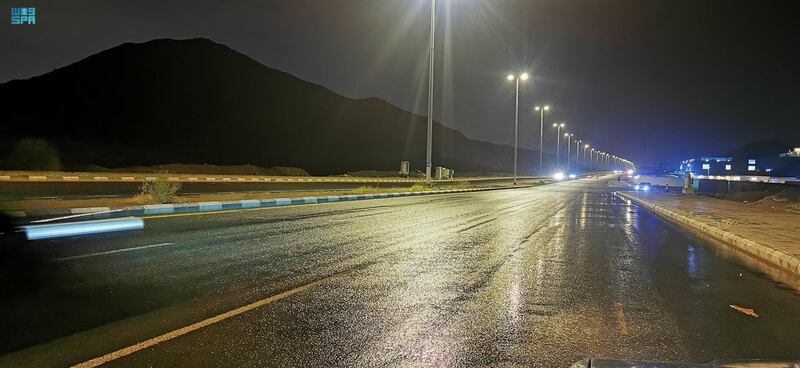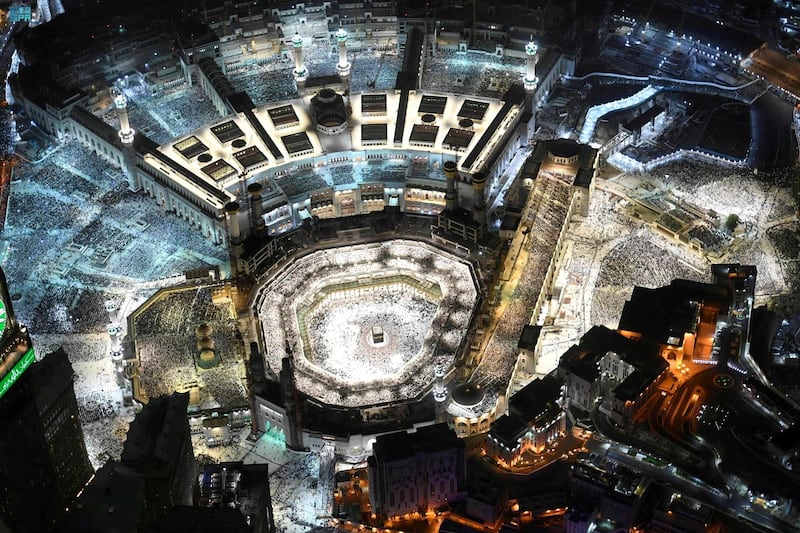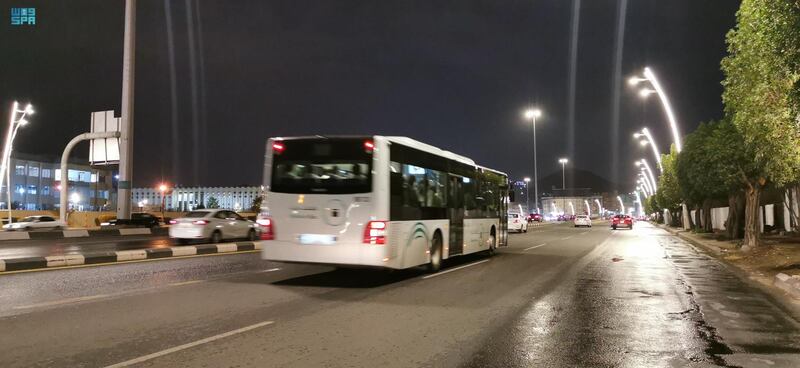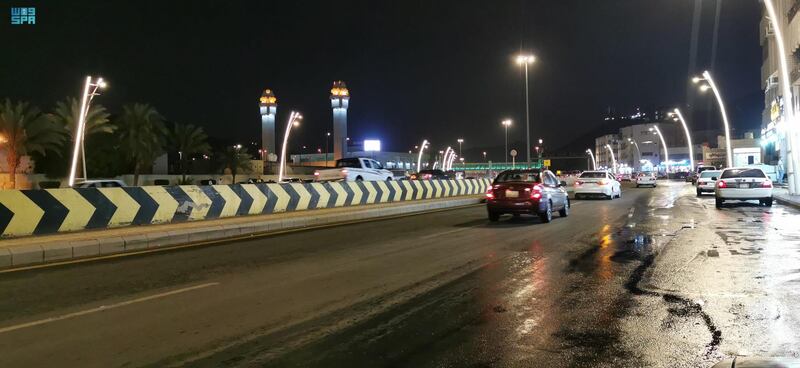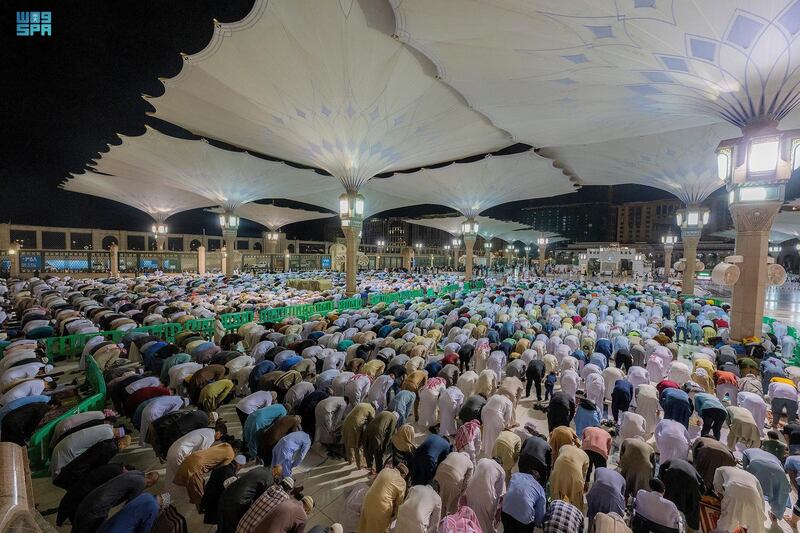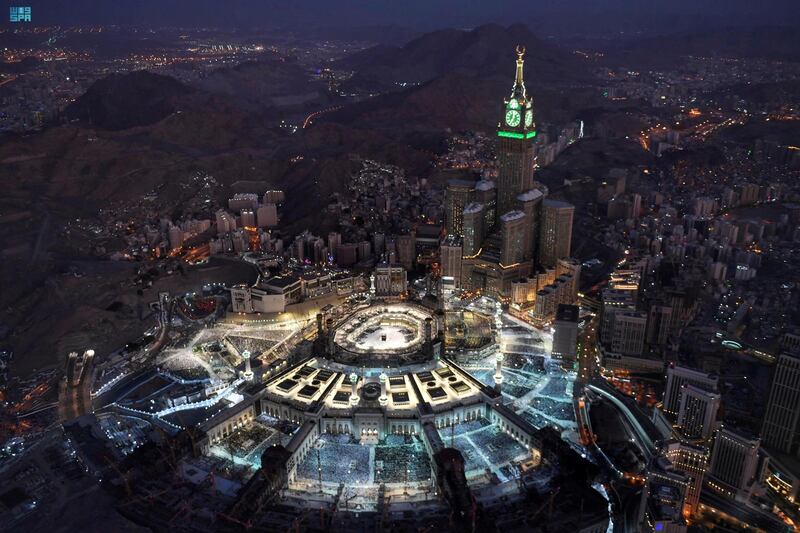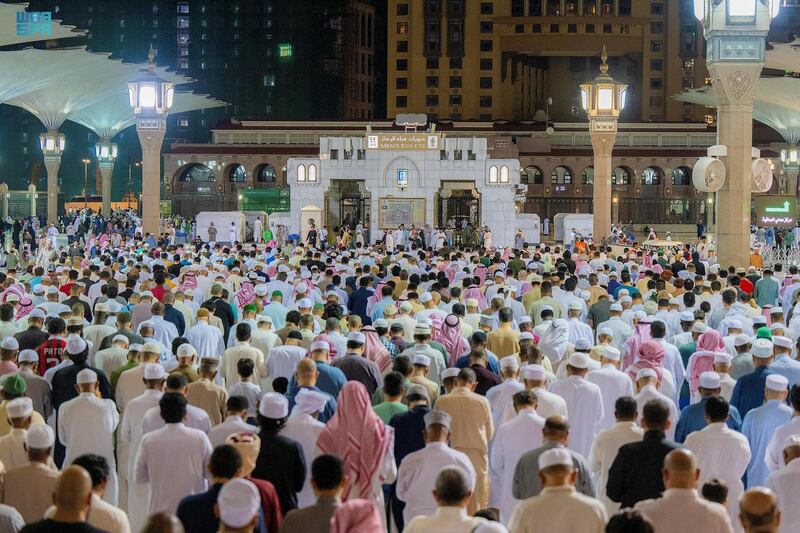Saudi Arabia's National Centre for Meteorology (NCM) said on Wednesday that four regions in the country will experience medium to heavy thunderstorms from Thursday until next Sunday.
In its daily weather report, the centre highlighted that the regions of Jazan, Asir, Al Baha, and Makkah should be ready for storms that may cause torrential rain, especially in the Athan and Asir regions.
“Active winds will continue on the coasts of Makkah, Al Madinah, Al Jawf, Hail, and the eastern region extending to Riyadh," the Saudi Press Agency tweeted.
The report said dusty winds may continue in parts of the Red Sea coast and may affect visibility in the north, east and central parts of the kingdom.
Makkah recorded the highest temperature on Wednesday at 45°C, followed by Madinah, Dammam, Buraydah, Al Ahsa and Hafr Al Batin with 44°C.
The regions of Taif, Turaif and Al Qurayyat has the lowest temperature at 19°C.
The NCM recently published its weather forecast report for this summer, saying the kingdom will experience higher temperatures during June, July and August.
An increase of 1°C above the quarterly average will be occur over most Saudi regions, and one and a half degrees above the average during July in the governorates of Rafha, Hafr Al Batin, Hail and the northern Qassim region.
Scientists have given warnings that Gulf nations are likely to face more tropical cyclones amid climate change.
The latest study, titled “Key factors modulating the threat of the Arabian Sea’s tropical cyclones to the Gulf countries”, looks at the only two tropical cyclones to move into the Sea of Oman and make landfall on the south-eastern coast of the Arabian Peninsula since 1900. These were Gonu, in 2007, and Shaheen, in 2021.
Models predict an increase in extreme weather globally as temperatures increase, and scientists have previously said that there is already evidence of this happening.
Cyclones are more likely to form in the Arabian Sea as temperatures rise, they are predicted to become stronger, and there is a greater chance that they will make landfall on the Arabian Peninsula because the land is warmer, climate analysis suggests.
